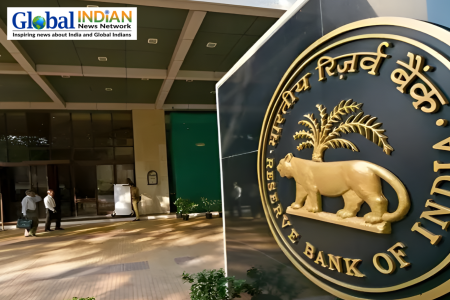
Deloitte India’s August update on the India Economic Outlook projects the country’s economy will grow at a rate of 7-7.2% for the current fiscal year. This optimistic forecast is underpinned by strong economic fundamentals and ongoing domestic policy reforms. The Union Budget for 2024-25 has rolled out a series of initiatives designed to enhance agricultural productivity, create jobs for the youth, stimulate the manufacturing sector, and improve financial accessibility for micro, small, and medium enterprises (MSMEs). These efforts are expected to support supply-side demand, moderate inflation, and encourage consumer spending, particularly in rural areas.
Dr. Rumki Majumdar, a Deloitte India Economist, predicts robust growth in the latter half of the year. She attributes this to the consistent domestic policy reforms, decreased uncertainties in the U.S., and synchronized global growth within a low-inflation framework. Additionally, improved global liquidity, driven by relaxed monetary policies in Western nations, is anticipated to boost capital flows and spur private sector investments.
Even though the growth forecast aligns with the Reserve Bank of India’s estimate of 7.2% for FY25, the report observes that private consumption spending has been relatively subdued in recent years. This stagnation has been influenced by factors such as the pandemic, inflation, and poor agricultural performance impacting rural demand. Nonetheless, Deloitte’s research highlights a shift towards increased consumption of non-food and discretionary items, reflecting evolving lifestyles and preferences across both rural and urban India. The Household Consumption Expenditure Survey indicates a rise in spending on discretionary goods and services, with rural areas increasingly purchasing durable items like automobiles and electronics. The report also notes a growing demand for processed foods, driven by urbanization, greater female workforce participation, and enhanced marketing strategies. Furthermore, if income distribution becomes more balanced across states, businesses could leverage a larger rural consumer base, ensuring sustained demand and new growth opportunities.













